EV Fires: Why emergency crews and the public are dangerously unprepared
We’re told electric vehicle utopia is coming. Except our first responders are warning Australian governments and the public that a serious, deadly problem is waiting to happen. Here’s what you need to know about EV battery fires…
The United Firefighters Union Australia has called on the federal government to act and do something substantial to cut the fire risks posed by battery EVs and home battery storage systems.
The UFUA says we just don't have the practices and procedures in place to deal with increased EV ownership and the inevitable likelihood of increasing catastrophic fires that come with the uptake.
This situation is what happens when you rush headlong into electric utopia without getting the details right. Everybody wants an EV thinking they're going to save the planet, and they will make everything right. Except we haven't got the integrated safety systems in place, according to the professionals.
So, if you’re considering buying an EV in the near future, you should ask yourself if you fully appreciate the risks that you face. Even if you don't own an EV, you face these risks too, because one could catch fire near you. But do you have any idea what to do if that happens?
In this report, we’re going to address both of these issues, starting with the under-preparedness of first responders. And please understand, it is absolutely not my intention in this report to fear monger or overblow the risk of fires with EVs - the risk of fire is not that great, statistically, but if one happens it is extremely serious.
THE TOXICITY OF OUR CITY
The toxic fallout from an EV fire is profoundly dangerous. You don't even have to breathe anything in. You can just get some on your skin or clothing and you wake up permanently disabled. This is pretty serious.
People are not told even the basics about what to do if an electric car catches fire somewhere near you, right now.
Here’s what a senior official Greg McConville at the UFUA said:
When the integrity of Lithium-ion batteries is compromised, the energy they store is released as heat and it's known as a thermal runaway. This can cause fires that are extremely difficult to extinguish while releasing an extraordinary array of deadly toxic gases.
There's no greater likelihood of an EV fire than a combustion engine car fire, but when they happen, the risks are huge and the consequences are enormous.
Thanks for Greg McConville pointing this out from some position of authority.
The thermal runaway thing is important here. You can read my two extensive reports on catastrophic thermal runaway fires in EVs - especially if you intend to buy one yourself.
Just quickly, if you are considering buying a fully battery-electric or plug-in hybrid vehicle in 2023 or 2024, and if this report doesn’t put you off, there’s now a way to afford one that makes it effectively the same price as an ordinary combustion or mild-hybrid vehicle. It’s the federal government’s new FBT exemption for eco-cars under the luxury car tax threshold.
We can assist you in acquiring an eligible EV or plug-in hybrid via an eco-car novated lease arrangement with your employer.
You can also take my EV Sanity Check >> to make sure living with one is going to fit with your driving life.
This new tax scheme has made EVs thousands cheaper in Australia. Fill in the form here >> and we’ll get in touch ASAP to assist.
Anyway, so when something like petrol catches fire you can generally put it out by depriving it of heat and oxygen and a great way to do that is just hose it.
That's why when you go into an underground car park you see all the red pipes in the ceiling, full of water because it’s quite excellent at absorbing heat. So if a car conventional car catches fire, that sprinkler system might be enough to buy you some time.
But when a battery catches fire and goes into this catastrophic thermal runaway condition, the electrolyte heats up and it decomposes into in-part oxygen gas. So - it supplies its own oxygen gas - and it’s already got fuel and heat. And this oxygen - you cannot deprive it of that - at least not easily using conventional firefighting techniques. This is a real, serious problem.
Also highly problematic is that nasty, toxic chemical mix that comes from these batteries when they burn. This includes:
Now, cobalt comes straight from Satan. It's really, really bad. Not that hydrogen cyanide is in any way pleasant to be around, but cobalt, even it it just gets absorbed through your skin, has terrifying effects. You don't even have to breathe it in and clothing will not protect you from it.
But nobody is saying this about the risks.
The risks grow more and more salient and the number of catastrophic thermal runaways are going to increase in proportion to the deployment/adoption/purchase of electric and hybrid cars and home battery systems.
In percentage terms, if you double the number of battery-motivated vehicles out there, you double the number of events. The statistical likelihood of these events happening increases, because it must as a mathematical rule.
We've got to do something to mitigate the risk.
The risk of incineration increases if you’re recharging your e-scooter in the lounge room overnight unsupervised, instead of outside during the day while under constant monitoring. Read my Mearth GTS e-scooter review here >>
It doesn't get much more serious than this:
We've already had a situation in Victoria where two firefighters suffered cobalt poisoning after attending an EV fire and have now been permanently disabled as a result.
When the firefighters deploy, they're completely covered in PPE. It just goes to show you how different technology presents different risks, and which need different mechanisms to mitigate the risk.
My heart goes out to those two firefighters because first responders are the incredibly brave people in our society who are all running toward the dangerous situations when everyone else is running away under the self-preservation laws of nature. Our paramedics, fire fighters, emergency services volunteers, our police officers all need to be protected.
Fire crews are humans covered in PPE, yet are at serious risk if they don’t treat your burning EV, home battery or e-bike with extreme caution. (Pic: Fire Rescue Victoria)
Mr McConville explained further:
these toxins also present a major risk to other emergency services personnel such as police and ambulance officers, bystanders, and the broader community - and as such, every possible measure must be undertaken to mitigate their impact.
It's hard to argue with that. Now, I'm not a union nutcase, generally, but this makes a lot of sense. I don’t mind unions, I just don't think we should give them free reign - and it's the same as going too far the other way.
Mr mcconville added:
building regulations relating to the installation and location of BESSs (battery energy storage systems) for homes [i.e. blackout protection] and charging facilities must also be overhauled to address the risks and hazards of fire.
You can imagine what happens in the electric utopia of the future where the underground carpark that you drive into is 80 per cent EV, and every one of those EVs has 80 kilowatt-hours of battery, let's say on average. Statistically, one of those batteries is likely to be defective and quietly goes into thermal runaway at a charging location down there under the supermarket or apartment building.
Thermal runaway cannot be contained by the water in the red sprinkler pipes overhead, the car catches fire and so does the one next to it. Very quickly multiple vehicles go into thermal runaway, nobody notices until it’s too late, fire crews cannot get in there and in a matter of minutes and less than an hour, you’ve got Grenfell Tower in Sydney’s northern suburbs or something.
Imagine you've just driven down there with your kids to do the shopping, go to the movies or something.
Would it not be impossibly excellent if building regulations were brought up to modern expectations, even retrospectively if necessary.
We've got to address this problem before 30 people die or get permanently disabled from hydrofluoric acid or cobalt poisoning or just killed from hydrogen cyanide exposure. Don't you think?
Where is the public education campaign about the simplest things to do if you are in close proximity to a fire with an electric car?
My AutoExpert AFFORDABLE ROADSIDE ASSISTANCE PACKAGE
If you’re sick of paying through the neck for roadside assistance I’ve teamed up with 24/7 to offer AutoExpert readers nationwide roadside assistance from just $69 annually, plus there’s NO JOINING FEE
Full details here >>
AutoExpert DISCOUNT OLIGHT TORCHES
These flashlights are awesome. I carry the Olight Warrior Mini 2 every day - it’s tiny, robust, and super useful in the field or in the workshop. Olight is a terrific supporter of AutoExpert.
Use the code AEJC to get a 12% discount >>
Generators suck! Go off-grid with AutoExpert BLUETTI PORTABLE POWER STATIONS
Need mobile, reliable power? If you’re camping, boating, caravanning or building a dirty big shed in the back paddock, and you need to run a refrigerator, lights, air conditioner, cooking, and/or a bunch of tools - Bluetti has a clean, tidy, robust solution…
Get your AutoExpert free shipping discount here: https://bit.ly/3n62heK
The reality of an EV fire
Imagine you're driving down the street or you're in a crash with a Tesla or a Polestar and that car catches fire. How many people do you reckon would be capable of just thinking it’s better to move upwind because that is much safer than being downwind?
See, people fall apart in crisis. That’s why soldiers go through training. It’s why fire fighters practice pulling people out of burning cars and houses, and why police rehearse responding to hostage situations. The only thing you can hope people will fall back on is their training, their briefing, the practice they’ve had in dealing with such a crisis.
This is why when you fly every airline makes you go through the same safety briefing, every single time. You could just about recite it the safety briefing verbatim, and that’s by design. So that when you’re panicked, you remember a few key words about the brace position, where your life jacket is, oxygen masks and latching your seatbelt before helping others.
In a crisis your IQ drops about 80 points.
Fire crews cannot extinguish your EV fire, so have an evacuation plan in-mind whenever you’re driving to get your family to safety and protect others.
Imagine the stress: you’re driving along in your EV thinking about boobies, and all of a sudden you lose power, you're on the freeway with cars and trucks all around you, you look in the rearview mirror to see there's smoke billowing out behind you. Do you think the drivers behind you have been trained to turn their air conditioning to recirculate if they see this happening? Nobody ever mentions it.
Then you've got to find somewhere safe to pull over. Then what? Without power you might have to coast to the slow lane and then get into the breakdown emergency lane without crashing.
Then you've got the kids in the back to evacuate to safety, and you all need to be in a separated space upwind of the fire. Nobody is saying this and doubtless owners are sleeping awake in terms of having a contingency plan in place if it ever does happen.
It's disgraceful we're rolling out this technology without the safeguards.
The reason everybody in society doesn't blow themselves up twice a week at a fuel station is because of the systematic safeguards. There's a master kill switch hidden in plain sight at every fuel station, there are fire extinguishers everywhere, there's nothing that can burn except the fuel on the forecourt. The station manager is also watching you from multiple angles and can shut off the pumps with the push of a button.
What are we doing about EVs? You can put a fast charger wallbox, even one on three phases at 11 kilowatts or 22 kilowatts. Who cares, right?
But what if the vehicle malfunctions when you're charging it up at 11 kilowatts with your three-phase power and it starts burning underneath your lounge room. With a bedroom above, how protected are you going to be from the fallout? Not very, I'd suggest.
Arming a bomb: the public needs to be more aware of what they’re really doing when they plug anything in - especially cars & mobility devices.
Why don't we have regulations that say wallbox chargers need to be outside on a concrete apron?
There is absolutely no chance I would ever recharge an EV in my garage. You've got to be kidding. The same thing goes for home battery energy storage systems.
Why don't we require home battery storage systems to be isolated from the living space? See, if you live in an apartment, you've got a fire door between the hallway and your living space. That door is fire rated and the only reason for doing that is to buy time for rescuers. It's harder for the fire to get out of your living space and into the rest of the building, and it's hard for a fire in the hallway to get into your living space.
It buys time for you or others. That makes perfect sense. But you can put a huge battery in your laundry inside the house. How does that make any kind of sense? You can charge any lithium-ion battery inside your lounge room unattended. You can charge two big fat Teslas inside your garage while the kids sleep just a few inches of joists, floorboards and carpet above.
I’m not anti-EV, just anti- people getting killed by not managing the risk properly.
It's disgraceful that all these initiatives are in place to ramp up the proliferation of battery storage systems and EV sales out there on our roads, and the self-righteous evangelist electric car zealots busily barrow-pushing their agendas are all busily riding off in the zero-emission, Electric Utopian sunset…
But the first time a few people die of exposure from the fallout from an EV fire in an enclosed space, I'd suggest that's the kind of PR event that cannot easily be undone - if at all - and it would tarnish the reputation of these things substantially. Probably irreparably.
Never recharge your EV indoors.
Electric utopia governments are not even smart enough to start gently by telling people that if there is a fire with an electric vehicle or any other electric/lithium battery device, they should move upwind. What happens if you're in the apartment above where a fire starts because some badly made e-scooter or e-bike just goes into you know Roman Candle mode because it just can't handle the charge? What happens to the Fallout that comes out the window and into yours or just straight up through the floor while you sleep? Nobody has thought about that.
We need to do less evangelising about how perfectly sublime electric utopia will be, get better at actually managing the tangible risks, and educating the public about how to comport themselves when this kind of thing inevitably happens.
Now, I did not just say that the risks were tremendous. EVs are not catching fire all over the place; they're not. EVs are roughly catching fire about the same as combustion cars because fires are caused by things like crashes, poor maintenance and dodgy modifications, and all kinds of things.
They're very rarely caused by manufacturing defects with cars, because if a manufacturing defect is identified, it tends to get jumped on pretty quickly by the carmakers through a recall system that we have in place in Australia that's very well managed.
What we're not doing is managing the risks which flow from the small number of fires which will inevitably happen - and the numbers going to grow in direct proportion to the growth in deployment of these devices out there in society.










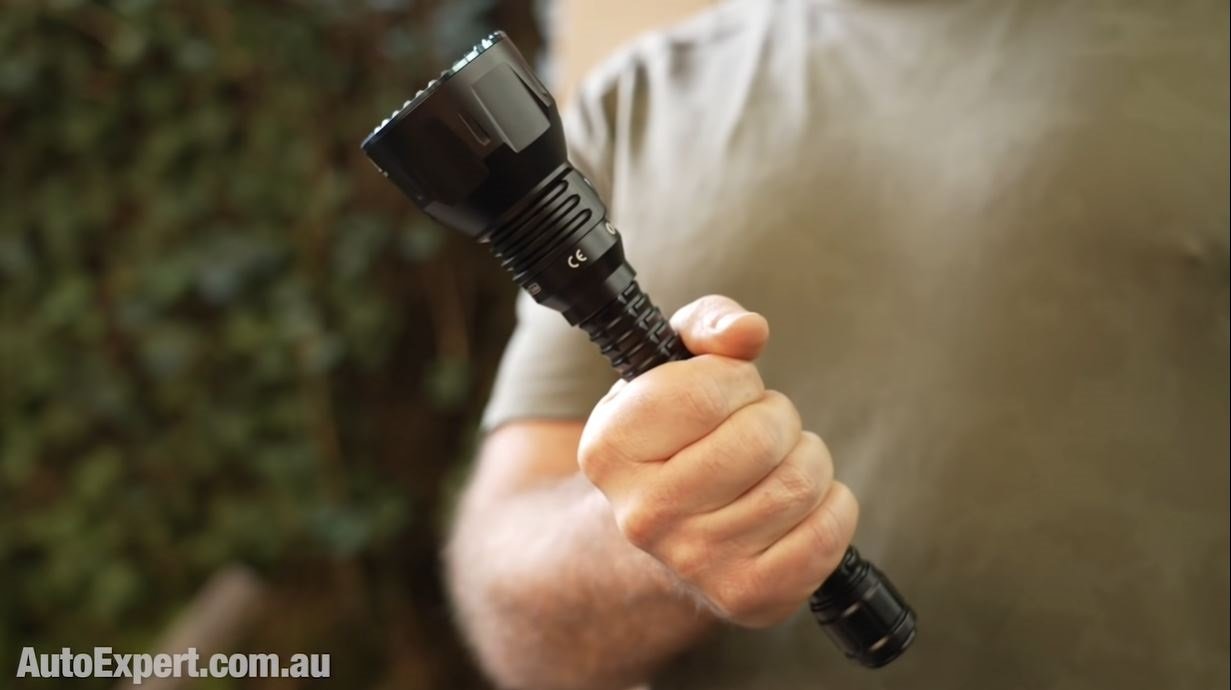
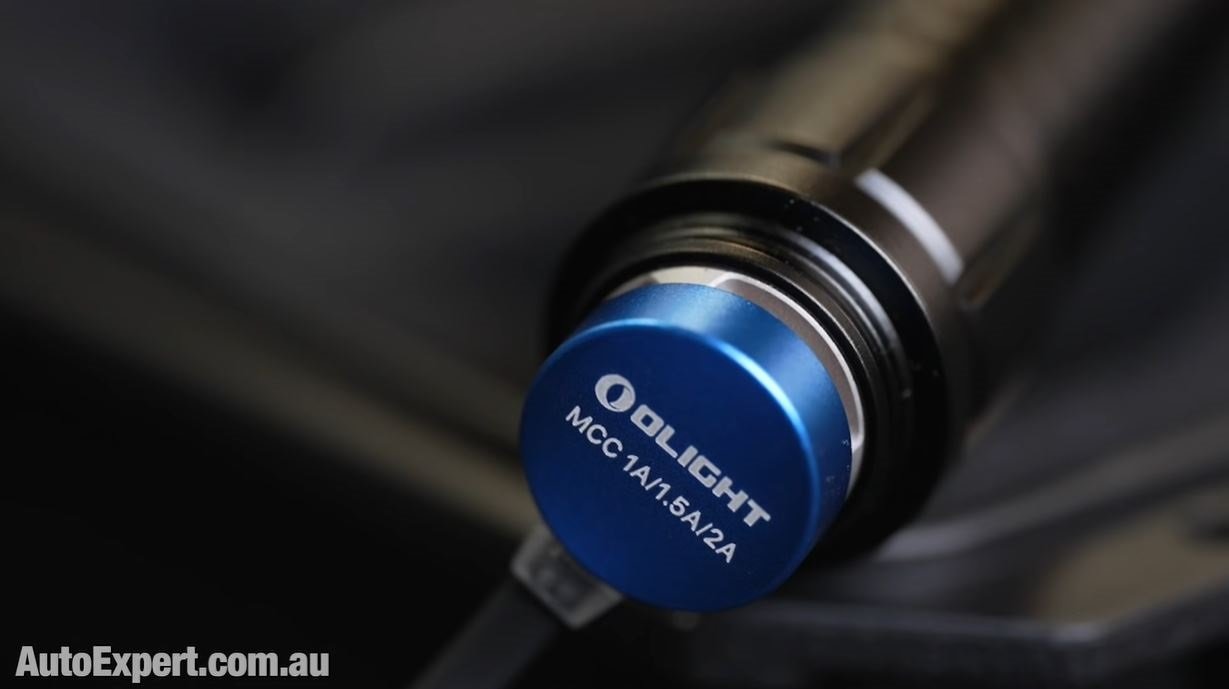
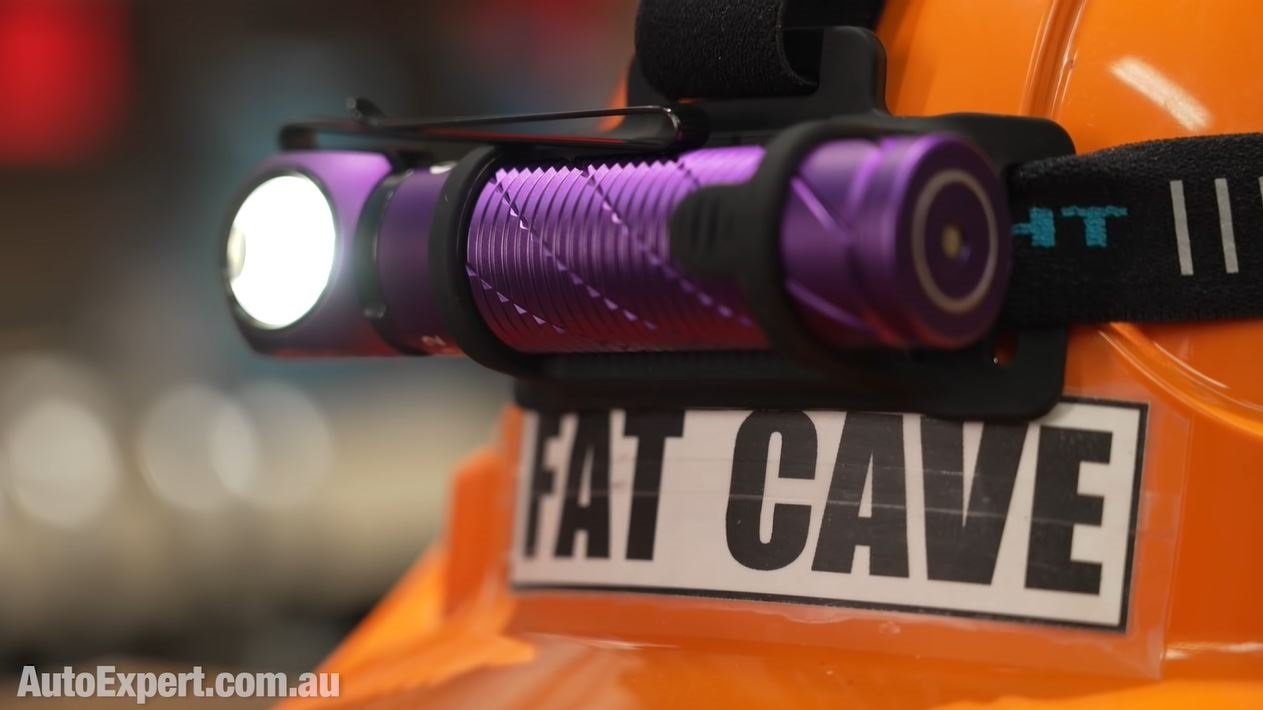
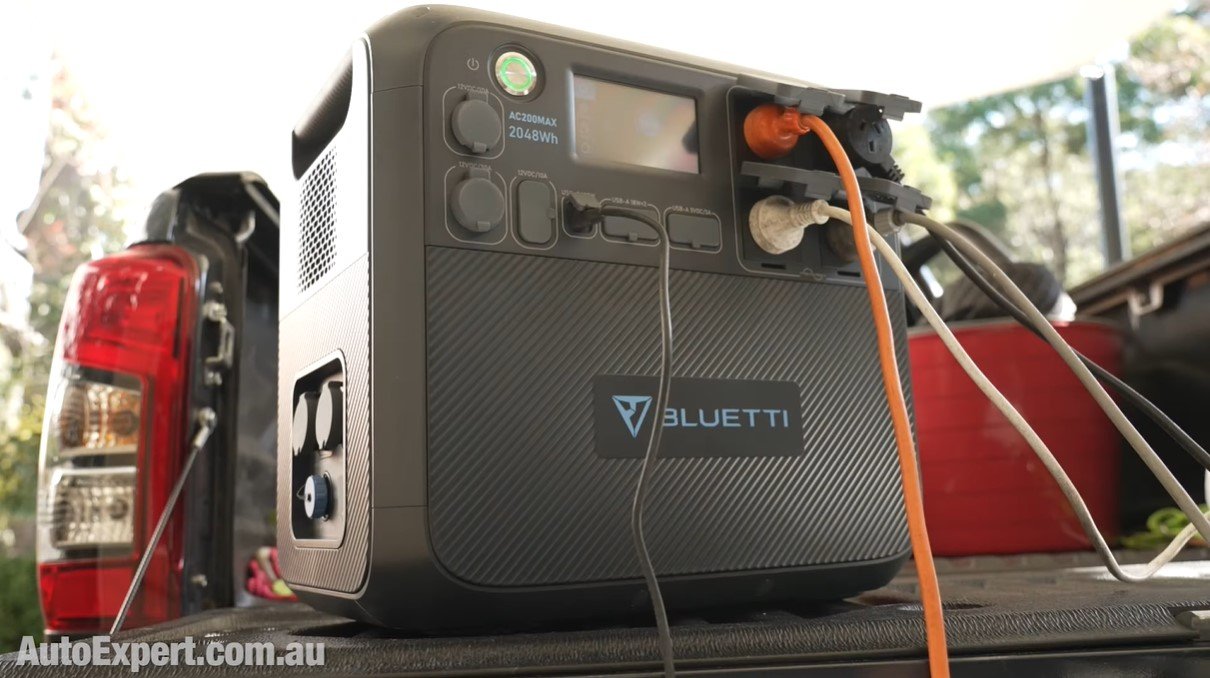

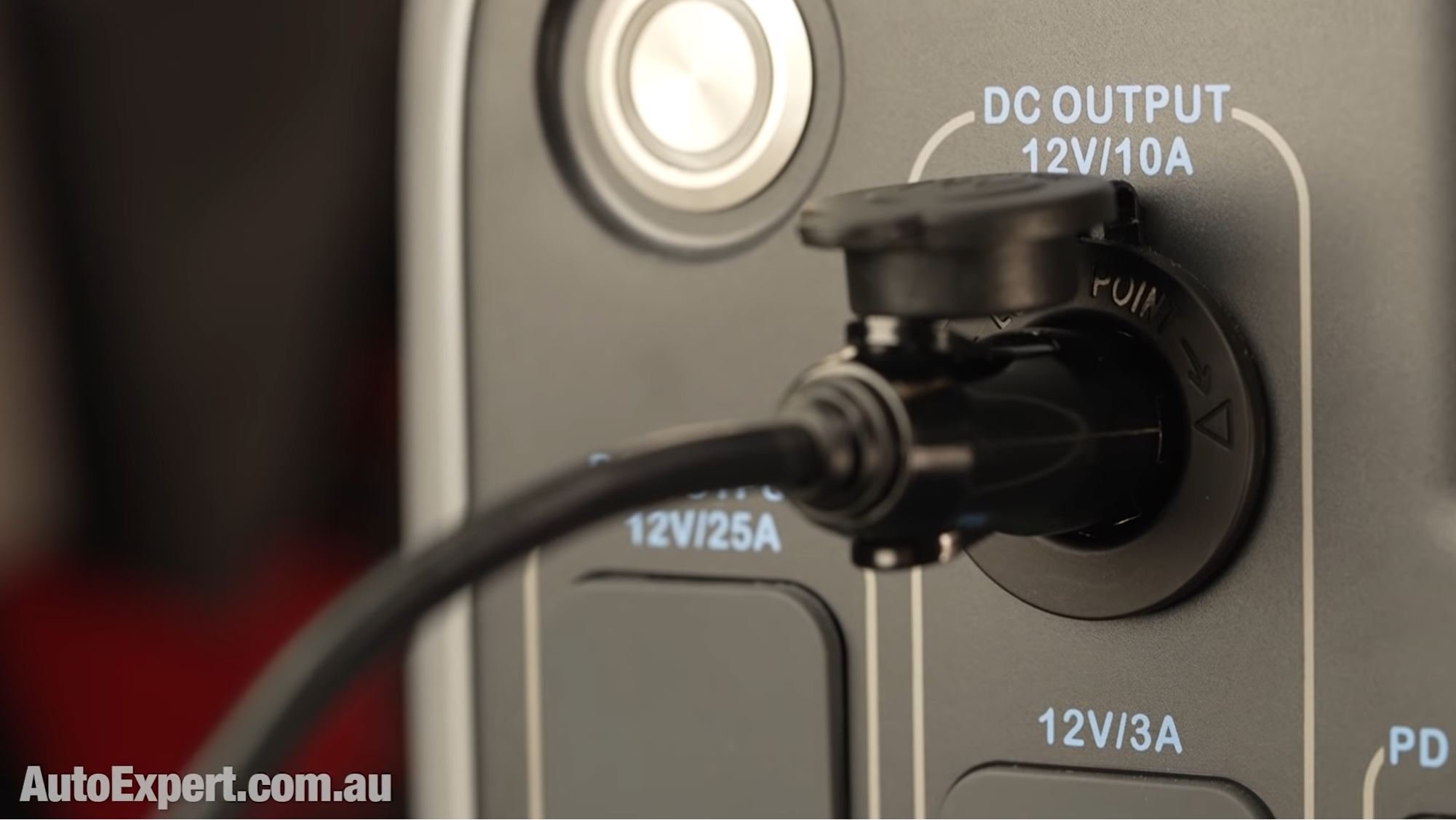
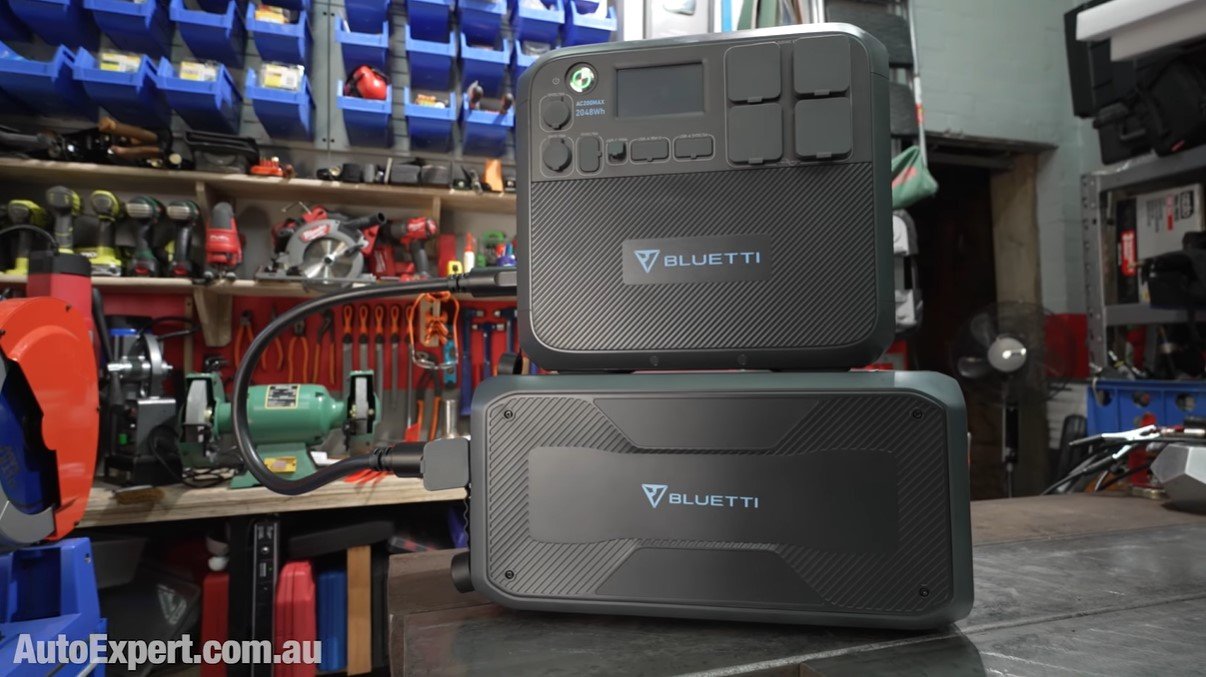
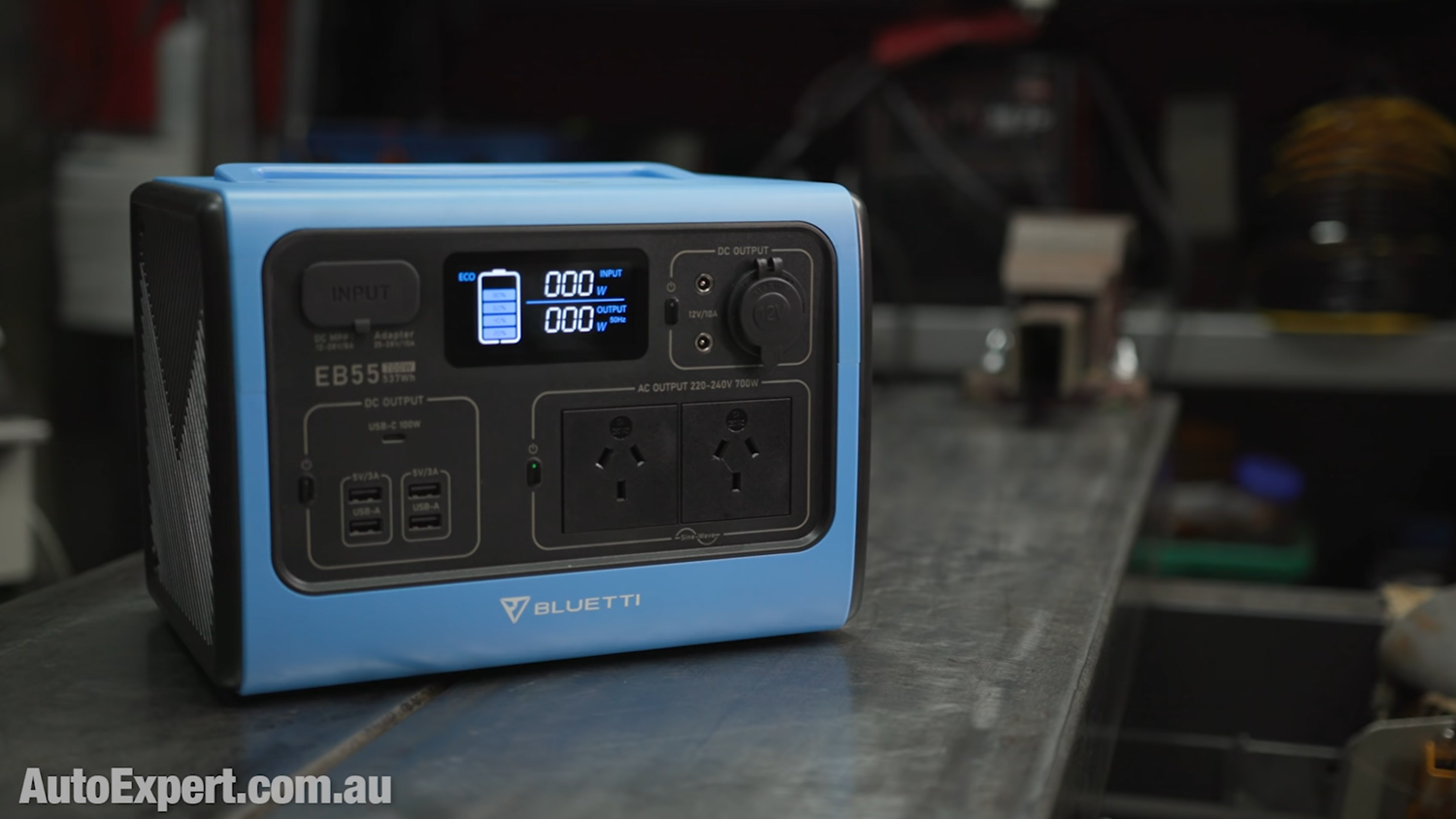
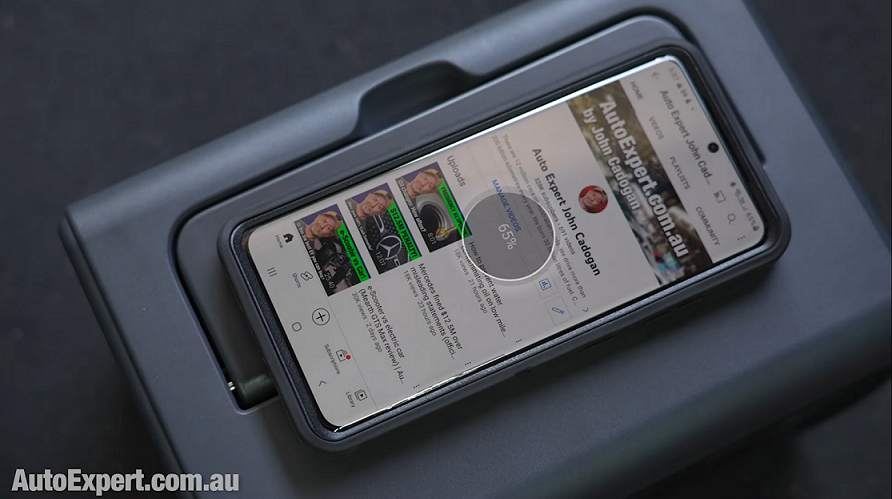
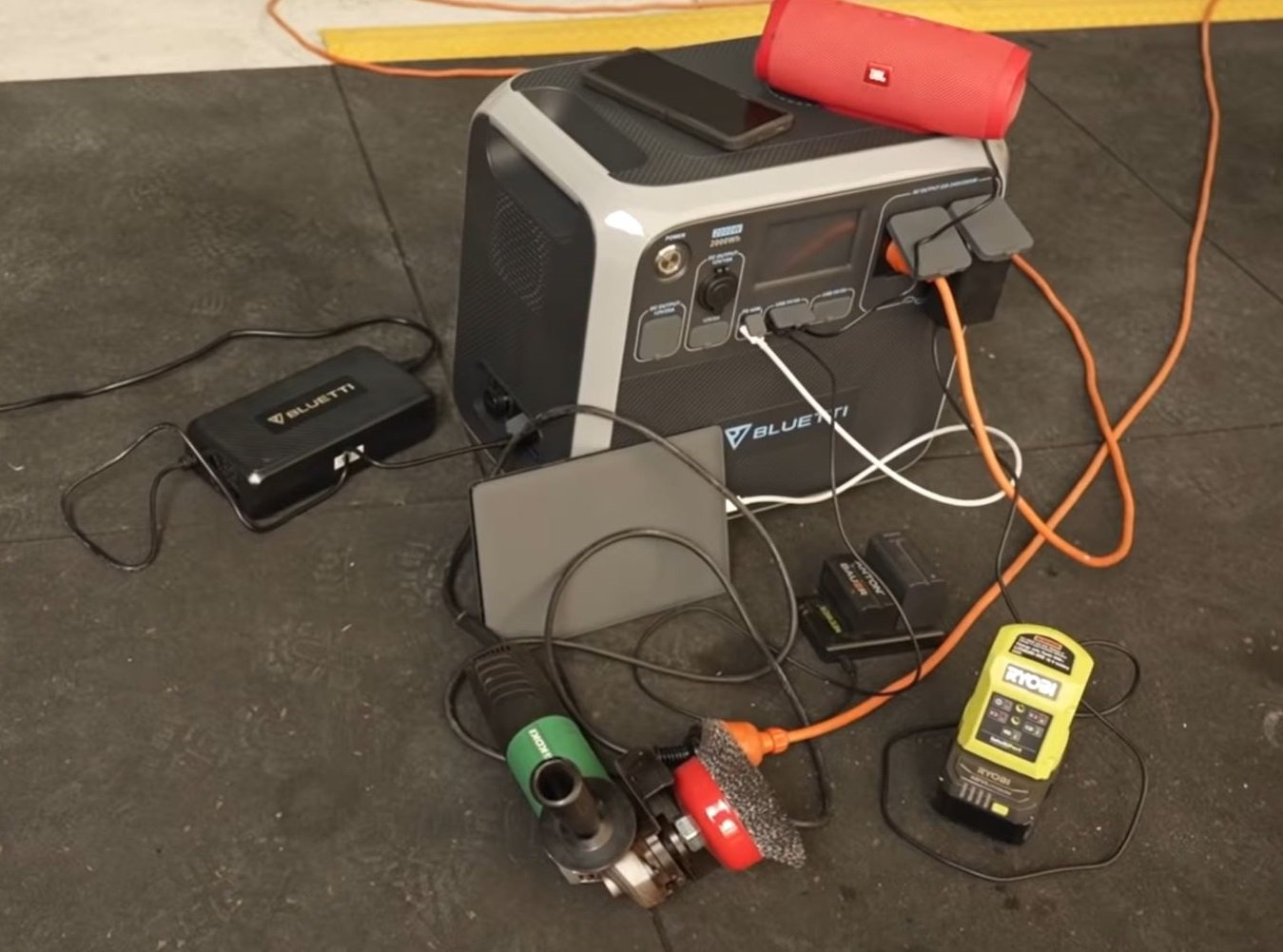
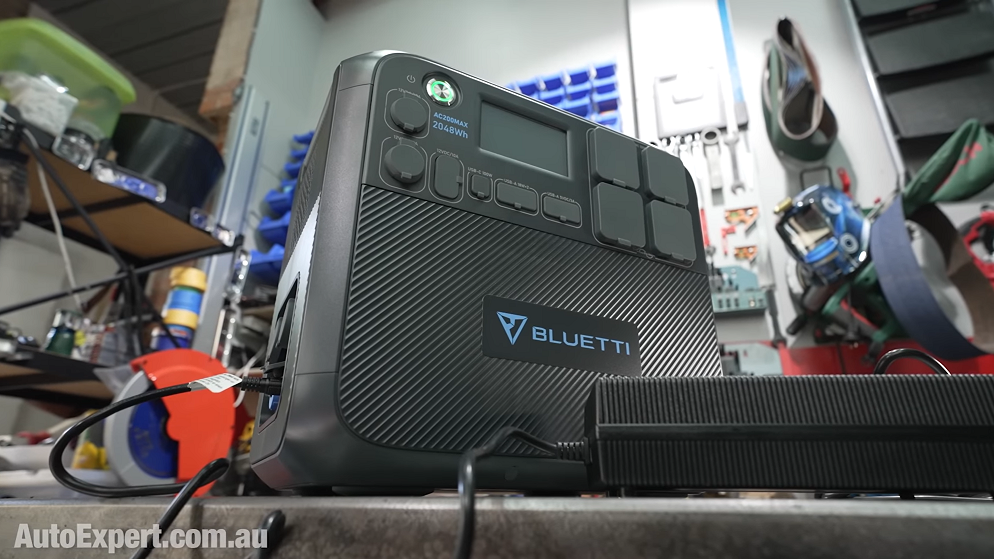

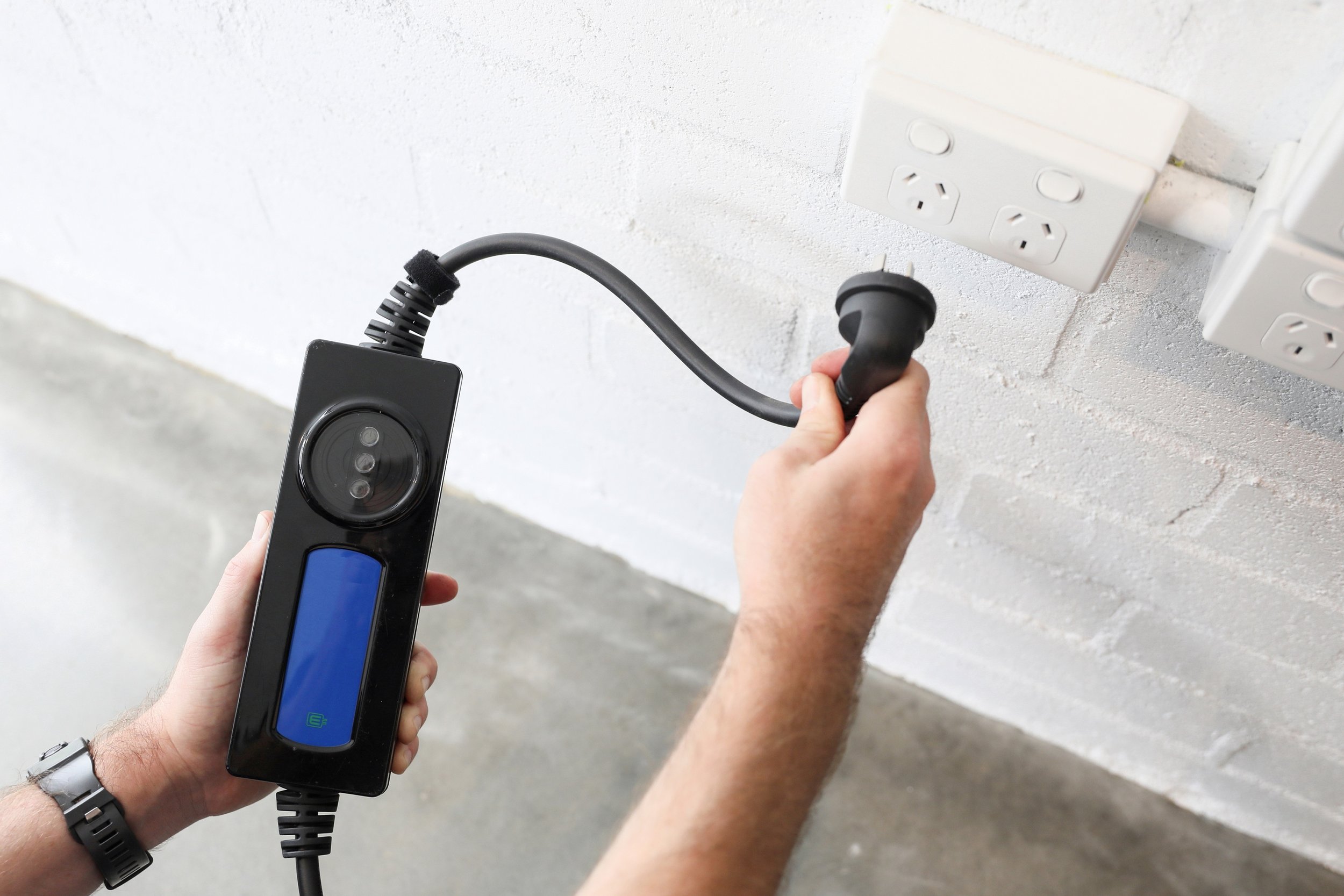












The Hyundai Palisade is a big, comfortable holiday machine for growing families and offers excellent value, generous 8-seat SUV space, and practicality on par with LandCruiser - but it’s $30K more affordable.